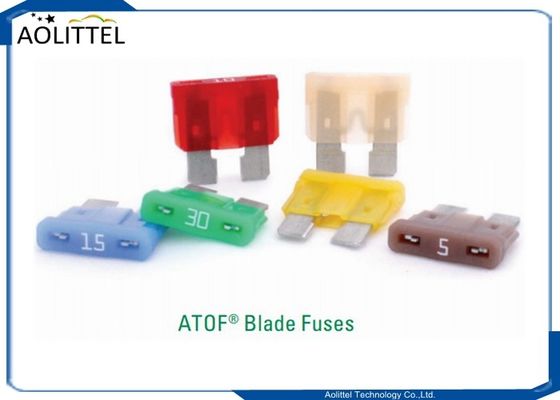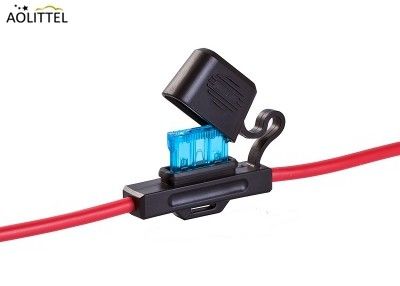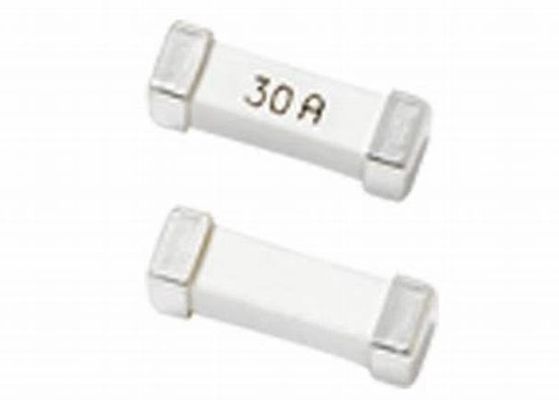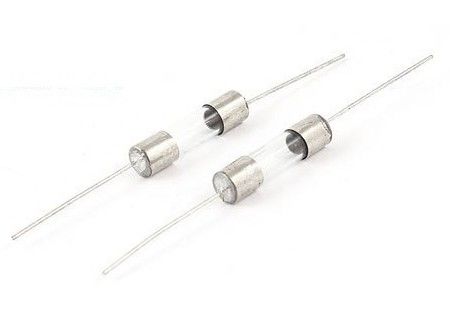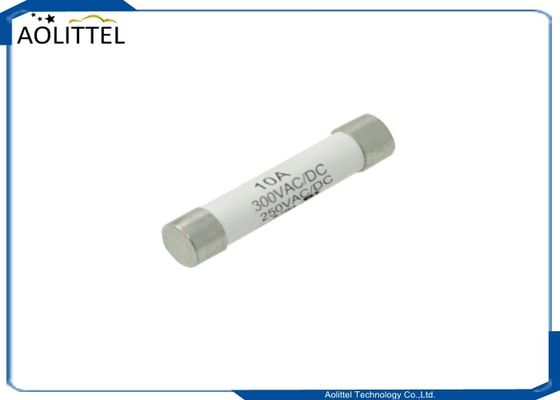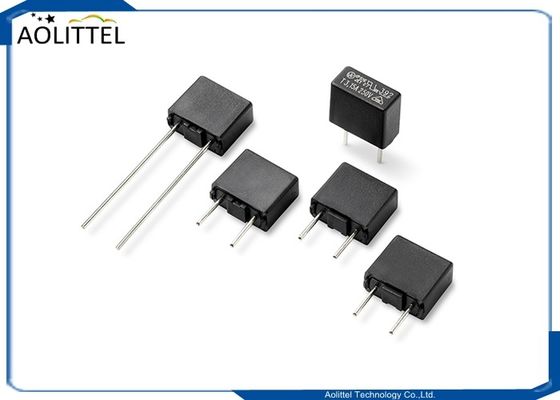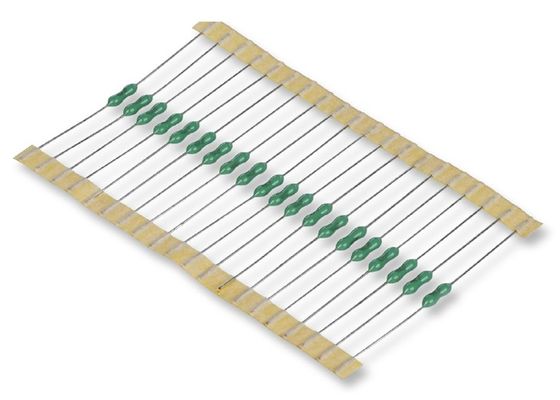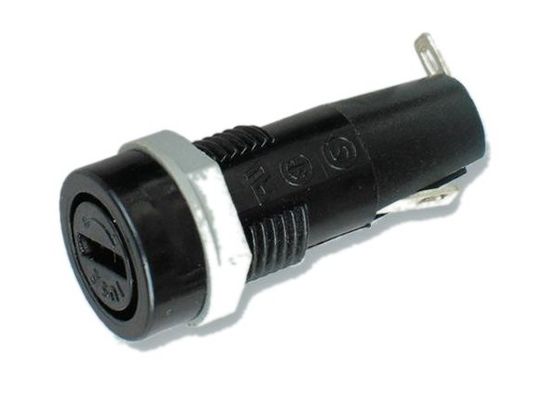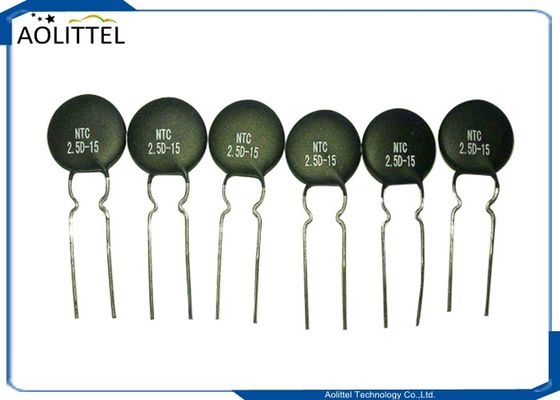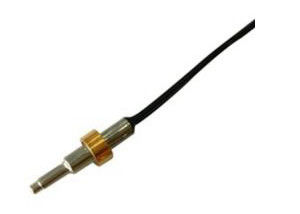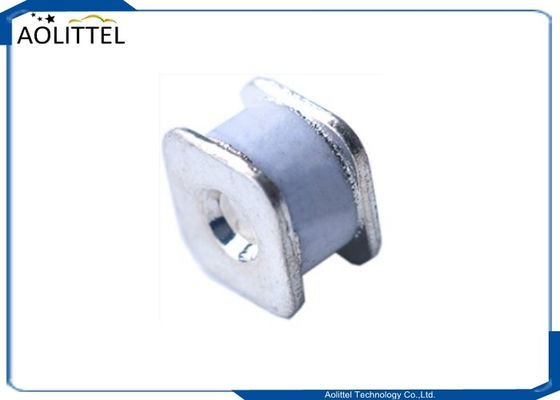Fast Acting AGX 8AG 6x25mm AGC 3AG 6x30mm Glass Cartridge Automotive Fuse 1-30A 32 Volt For Car Aftermarket Kit
Features
* Fast Acting
* Voltage Rating : DC32V or less
* Complies with SAE J554/QC/T 420
* Materials:
a. Brass with Nickel Plated
b. Zinc Alloy / Silver Alloy
c. Glass Tube

Dimension (mm)

| Item No. |
Diameter |
L |
Rated Curent |
| AGX ( =8AG) |
6.35 |
25.4 |
1 A ~ 30 A |
| AGX ( =3AG) |
6.35 |
31.75 |
1 A ~ 30 A |
Blown Time
| Test Current |
Opening Time |
| Min. |
Max. |
| 110% |
4 hrs. |
--- |
| 135% |
--- |
1 hrs. |
| 200% |
--- |
10 s |
Part Numbering
| P/N |
Ampere |
| AGX/C 1 |
1 A |
| AGX/C 5 |
5 A |
| AGX/C 10 |
10 A |
| AGX/C 15 |
15 A |
| AGX/C 20 |
20 A |
| AGX/C 25 |
25 A |
| AGX/C 30 |
30 A |
Product Photos


Retail Package Recommendation

Is it bad?
Most sacrificial fuses are obvious when it is bad, but not always. These fuses have a metal bar that literally burns up, disconnecting the power source from the rest of the circuit. If the little bar is melted, the fuse is bad. This does not always happen where you can see it. This is a particular problem that effect glass fuses. You cannot see the entire fusible element; the metal caps on either side prevent it. Unlike blade fuses, the element is soldered to the cap. If the solder melts before the element, you won’t see the break, but the circuit is dead anyway. This is most common with high-amp glass fuses.
You don’t have to pull a fuse to see if it is bad. Using a test meter (not a test light), set to continuity (where the unit beeps when the probes are touched together), and touch each lead to the ends or to the test terminals of the fuse. Your meter should beep (or read “0” if it is a silent meter). Any other reading means there is problem with the fuse and it should be replaced. High-amp glass fuses are notorious for melting the solder at lower amp ratings, so you may not have an actual problem, it could just be a bad fuse. This is why glass fuses are no longer used in most automotive applications.

This is the continuity setting on a multimeter. It is your new best friend.
Replacement
Replacing a bad fuse is fairly easy in most cases, but you do need to take a few precautions. First, make sure the vehicle is off. You don’t want to replace a fuse while the vehicle is running or the equipment affected is active. This can cause the fuse to pop even if you have rectified the actual problem due to the initial connection. If the problem has not been rectified, the fuse is going to pop anyway, so it is best not to have it in your hand when that happens. If your circuit is always live (has power even with the key off), then you should disconnect the ground terminal of the battery.
Bladed, cartridge, and non-glass bladed fuses can be really tricky to get out of their sockets. Most vehicles come with a small plastic tweezer tool to remove the fuses, but you can use needle-nosed pliers in the likely case that the tool is missing.
Bolt-down fuses like ANL and Class-T types require tools. A socket or nut driver is the best option, as a wrench can accidentally bridge the gap on the fuse terminals and again, that is rarely a good thing to do. The most difficult to remove fuse is a glass-type barrel fuse. These fuses are delicate. When the fuse goes bad, the glass can break, but moreover, it can break when you are trying to get it out. Because the spring terminals are tight, these fuses require some effort to remove. It is a good idea to use a non-conductive tool to pry one side of the fuse out of the holder. Plastic or wood is perfect. Don’t use pliers on the glass tube, it will break.
When is it safe to use a bigger fuse?
The short answer is almost never. The fuses are there to protect your vehicle’s equipment, if there is a fault, you need to find the fault rather than just up the fuse rating. There are a select few instances where you can go up to a larger fuse, but only when you absolutely know that the wiring is capable of handling the extra current.
Example 1: You have a car audio system with an amplifier; The amp is wired with a 4-ga wire that is 16 feet long. The previous amp had a 40-amp fuse, the new amp requires 60 amps. The wire capable of handling the larger load, go ahead and increase the fuse size.
Example 2: You replaced the head light bulbs with fancy new high-output bulbs. DO NOT increase the fuse size for the headlights. In fact, you need to install a relay and re-wire the headlights with larger gauge wires. The current draw of high-output bulbs is more than the factory wires can handle and will result in a fire.
Armed with the knowledge we have provided, you should be able to test and replace any fuse with ease. Make sure you follow the safety protocols to protect yourself and your vehicle. One more cautionary note- NEVER EVER bypass the fuse for a component. Coins, aluminum foil, etc are not suitable circuit breakers in any situation. DO NOT bypass the fuse, that is a sure-fire way to end up in a catastrophic situation.

 Your message must be between 20-3,000 characters!
Your message must be between 20-3,000 characters! Please check your E-mail!
Please check your E-mail!  Your message must be between 20-3,000 characters!
Your message must be between 20-3,000 characters! Please check your E-mail!
Please check your E-mail! 
